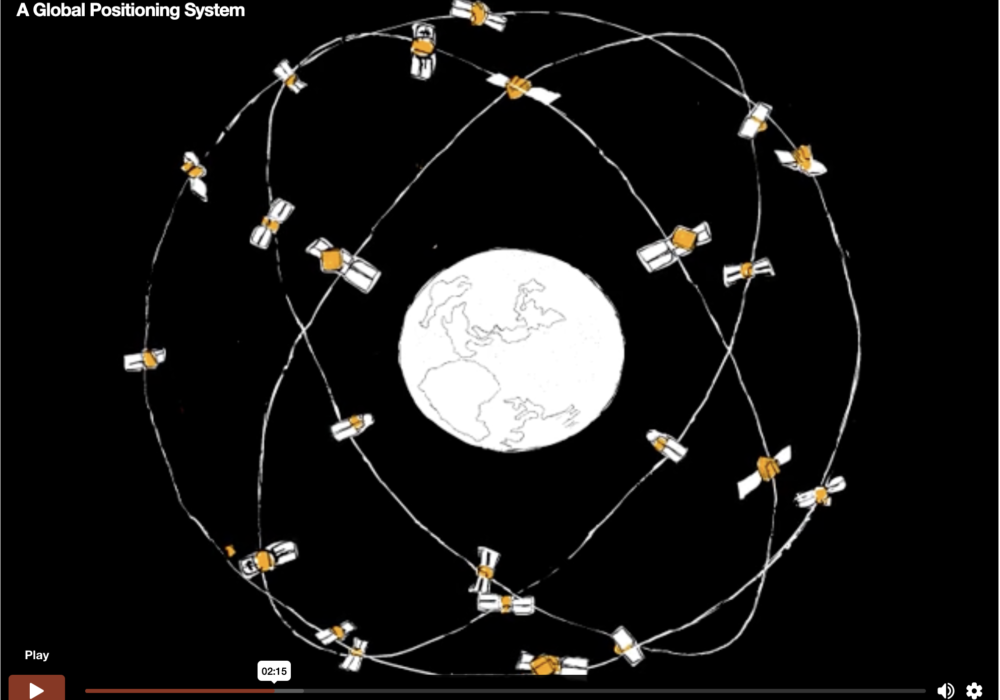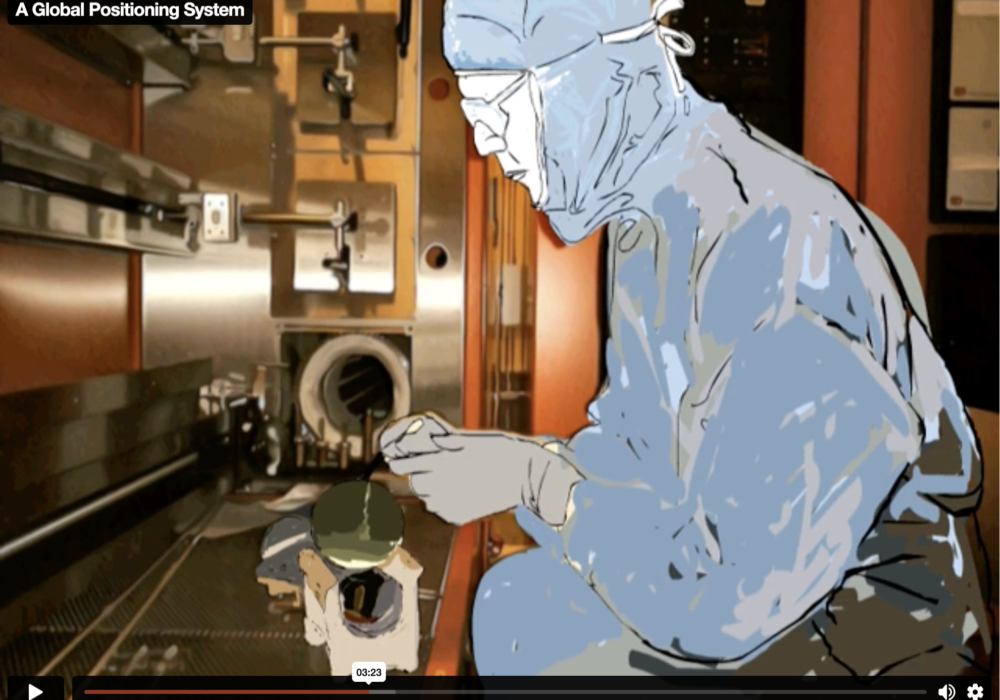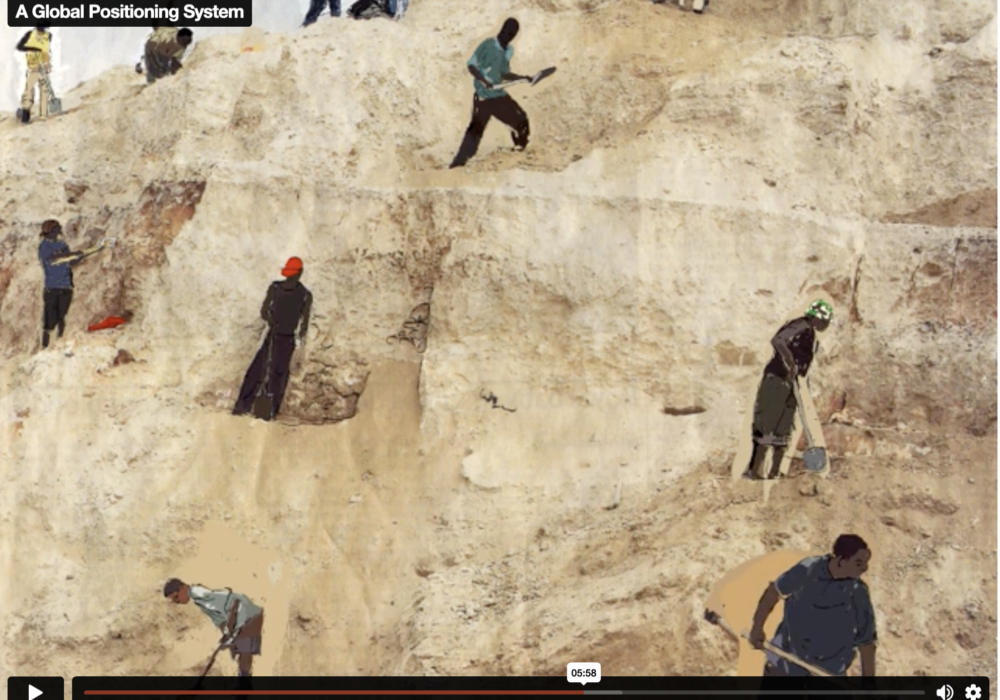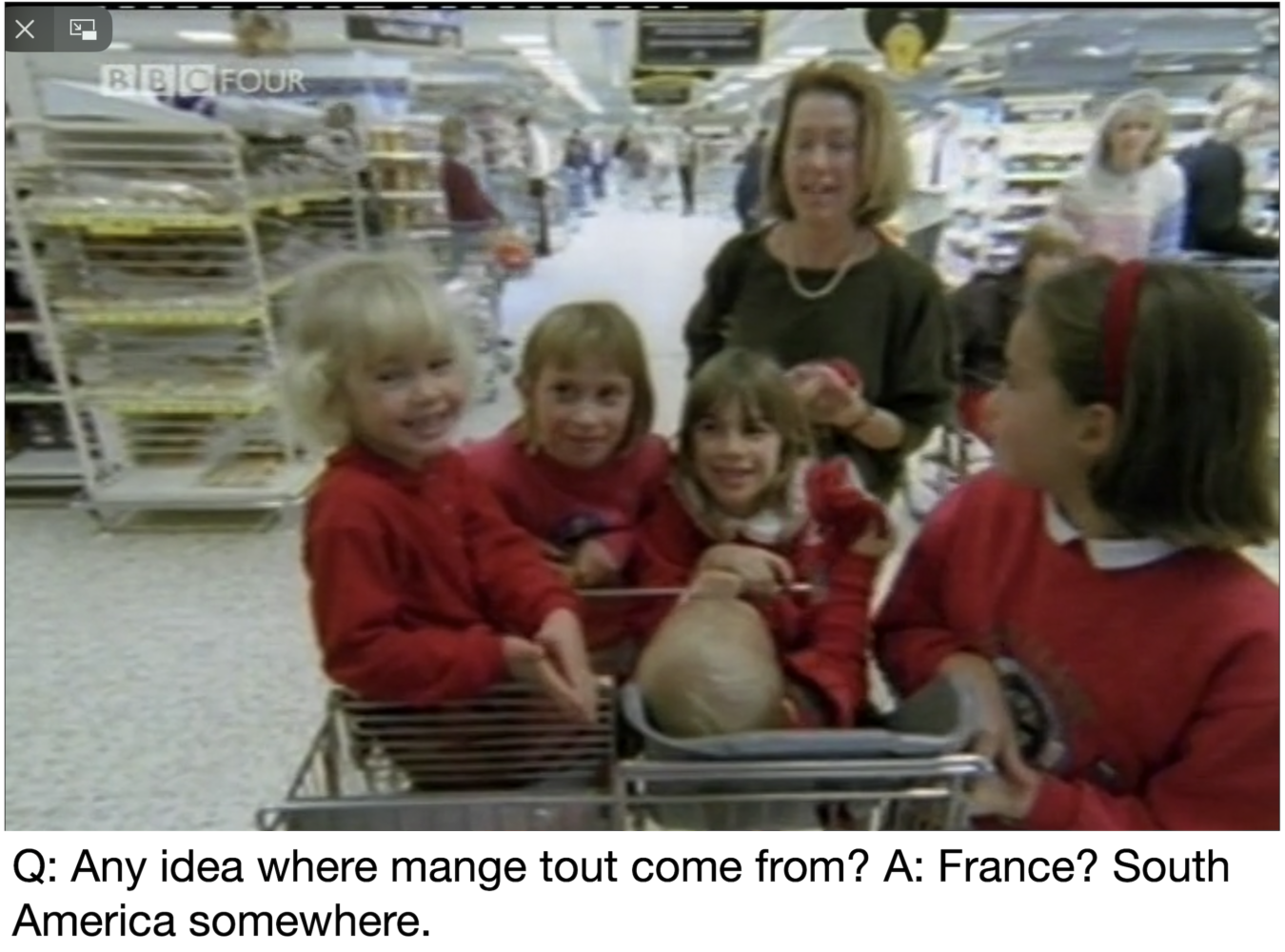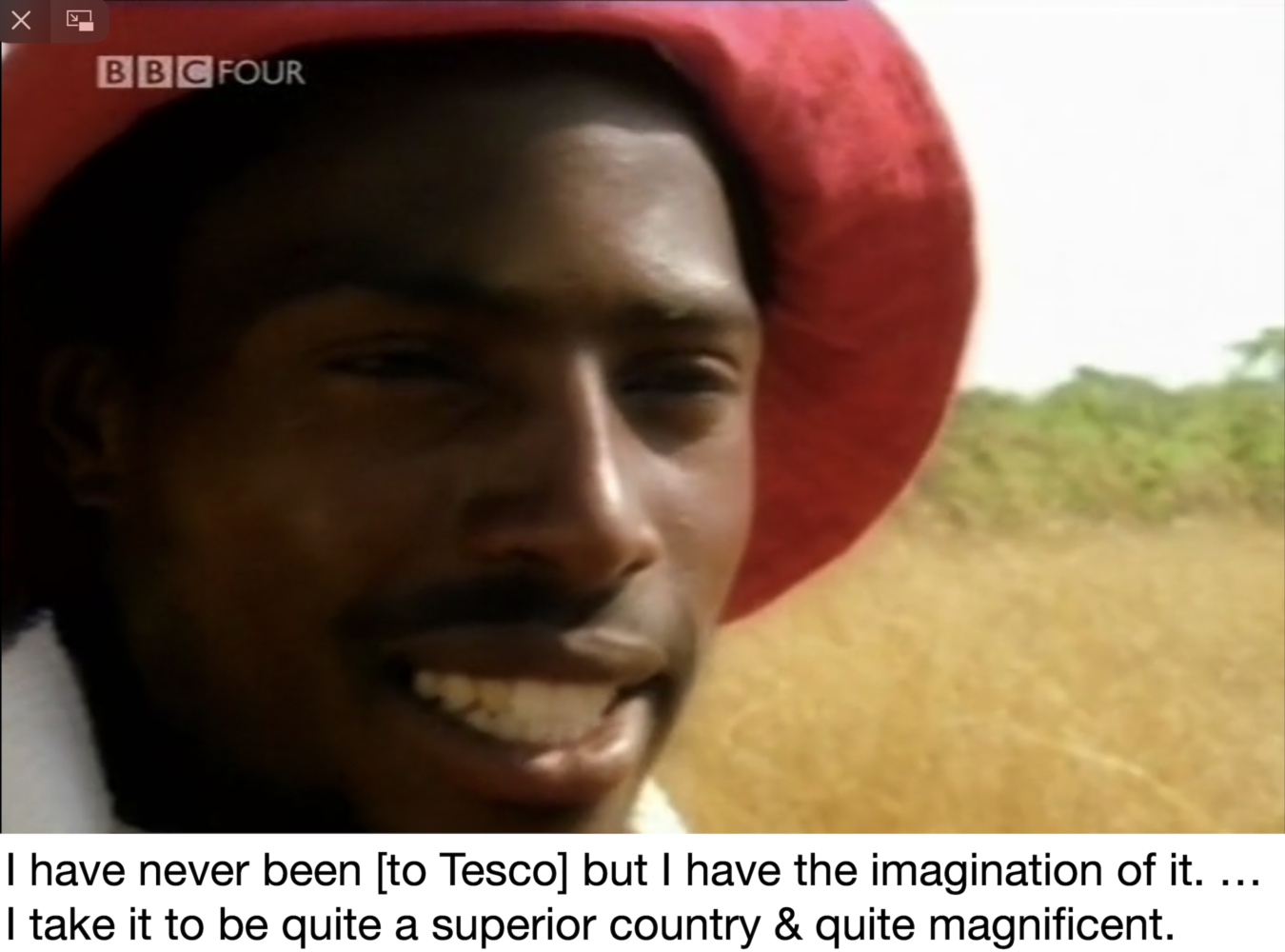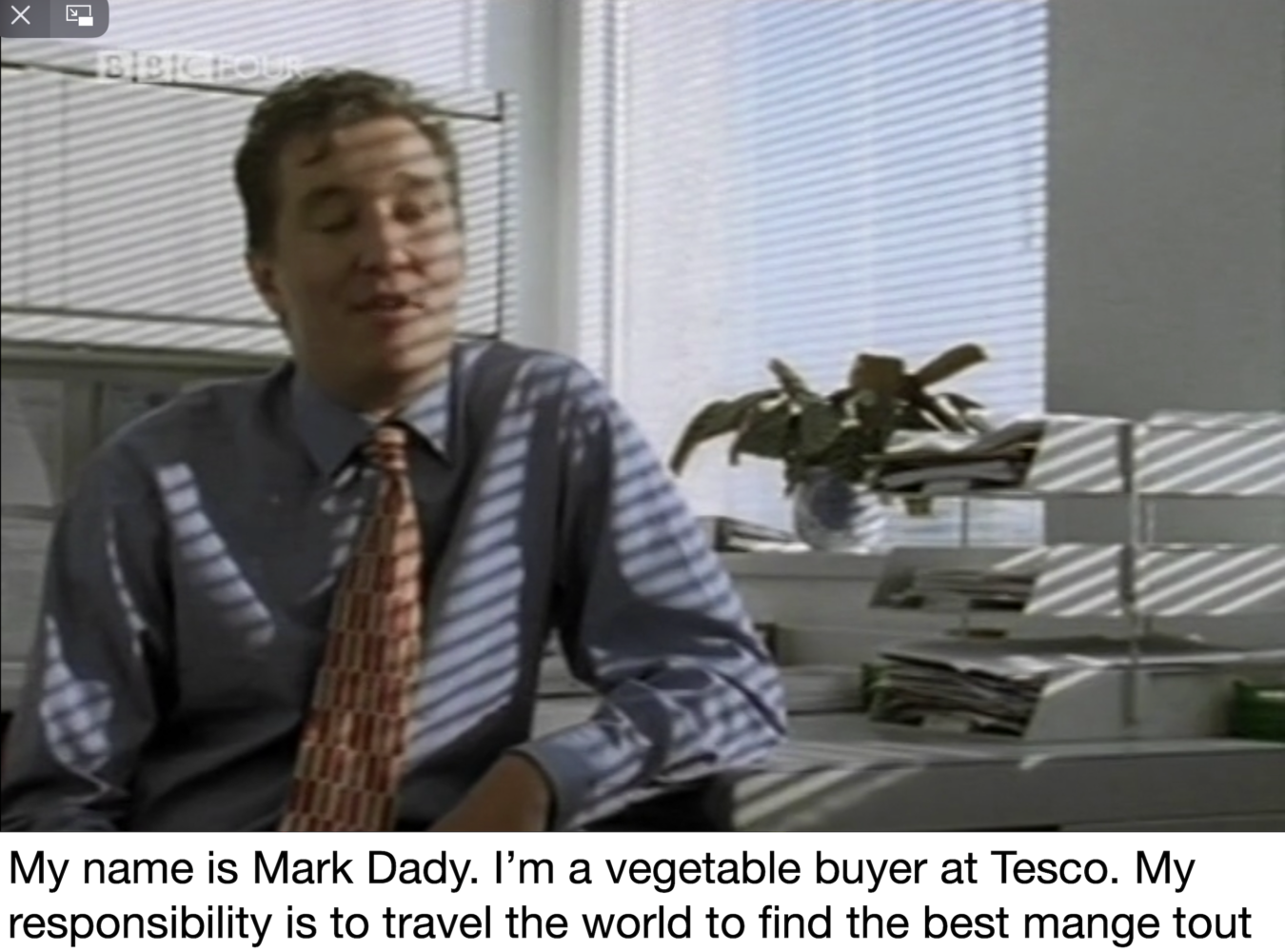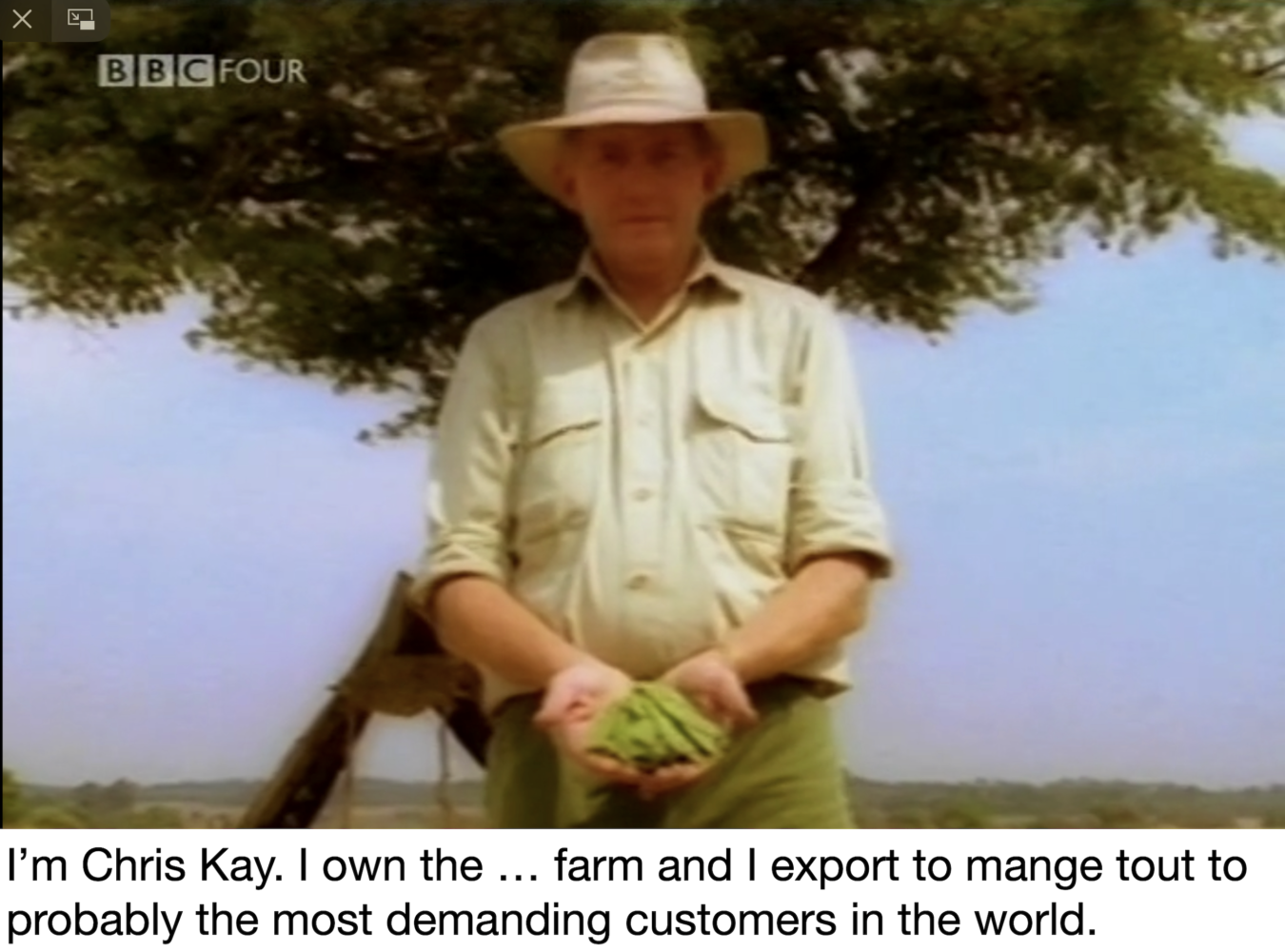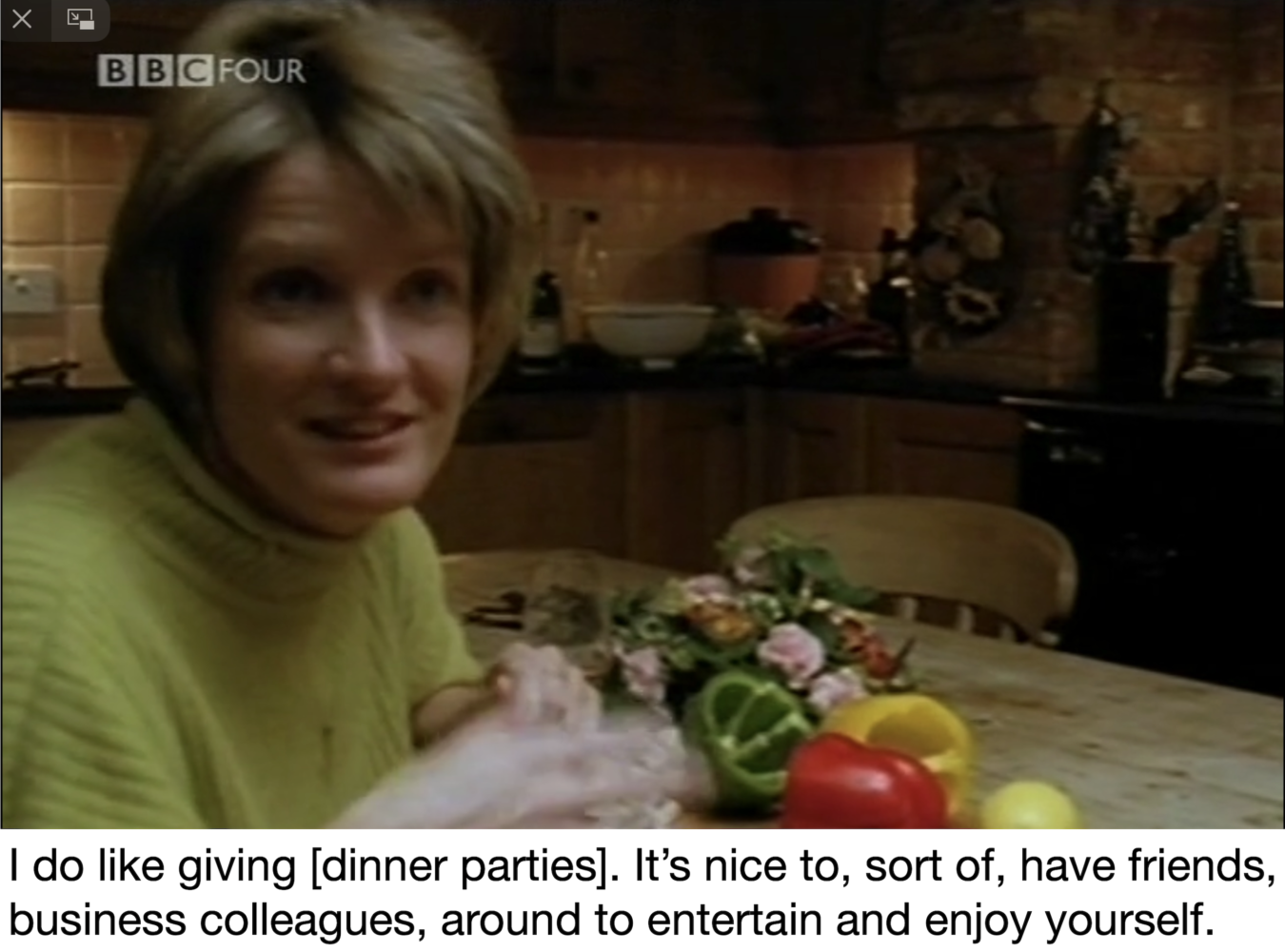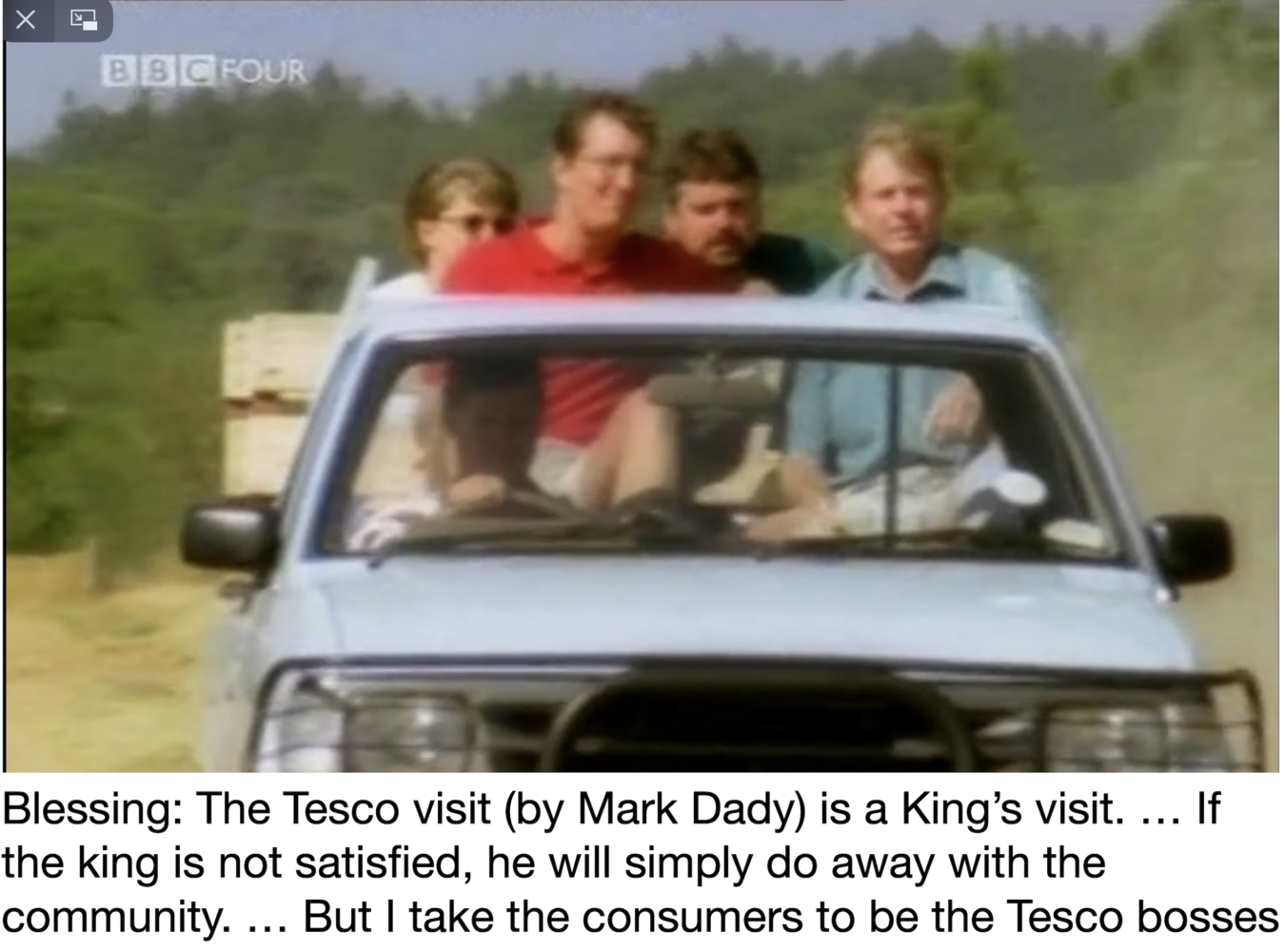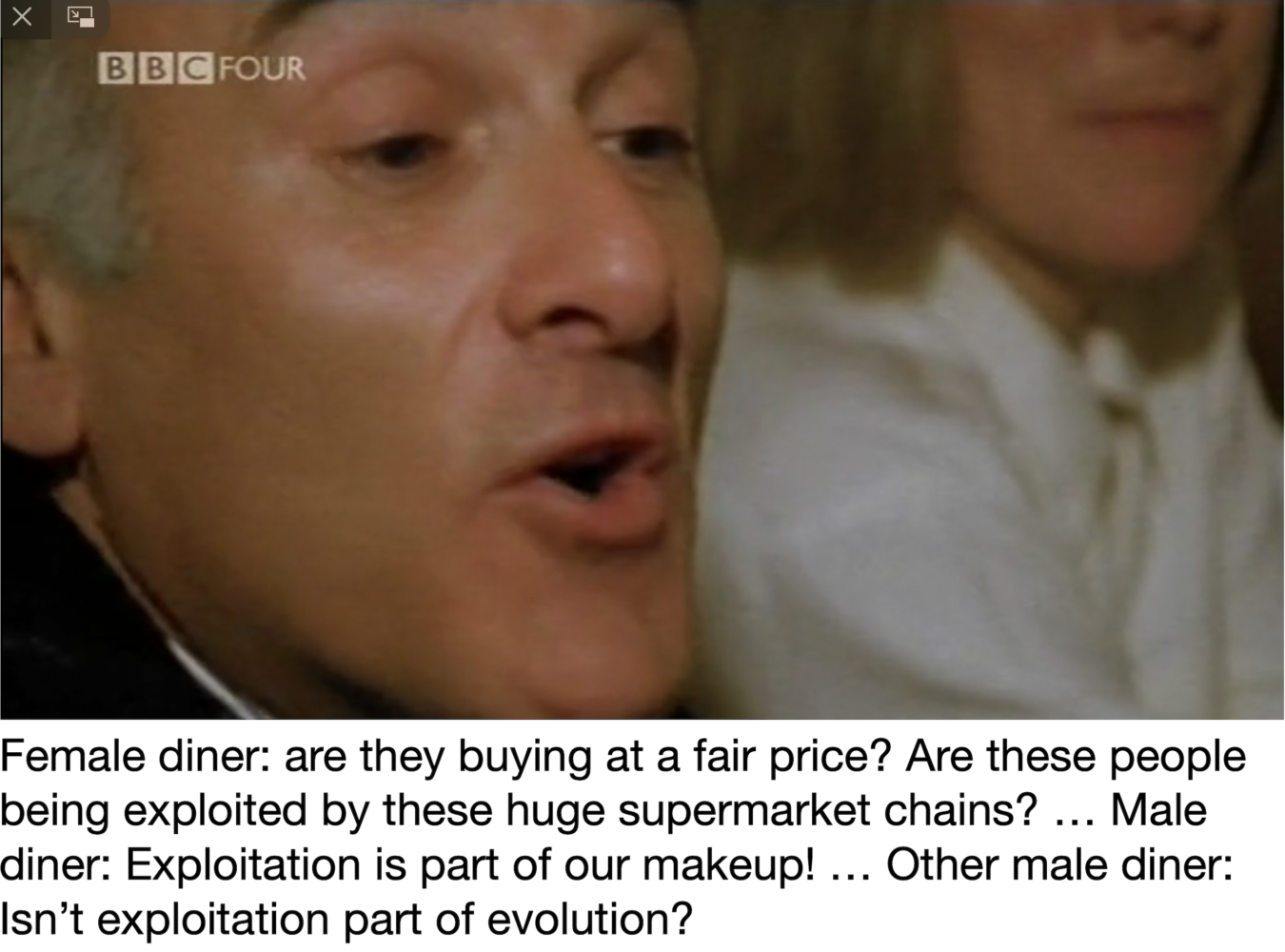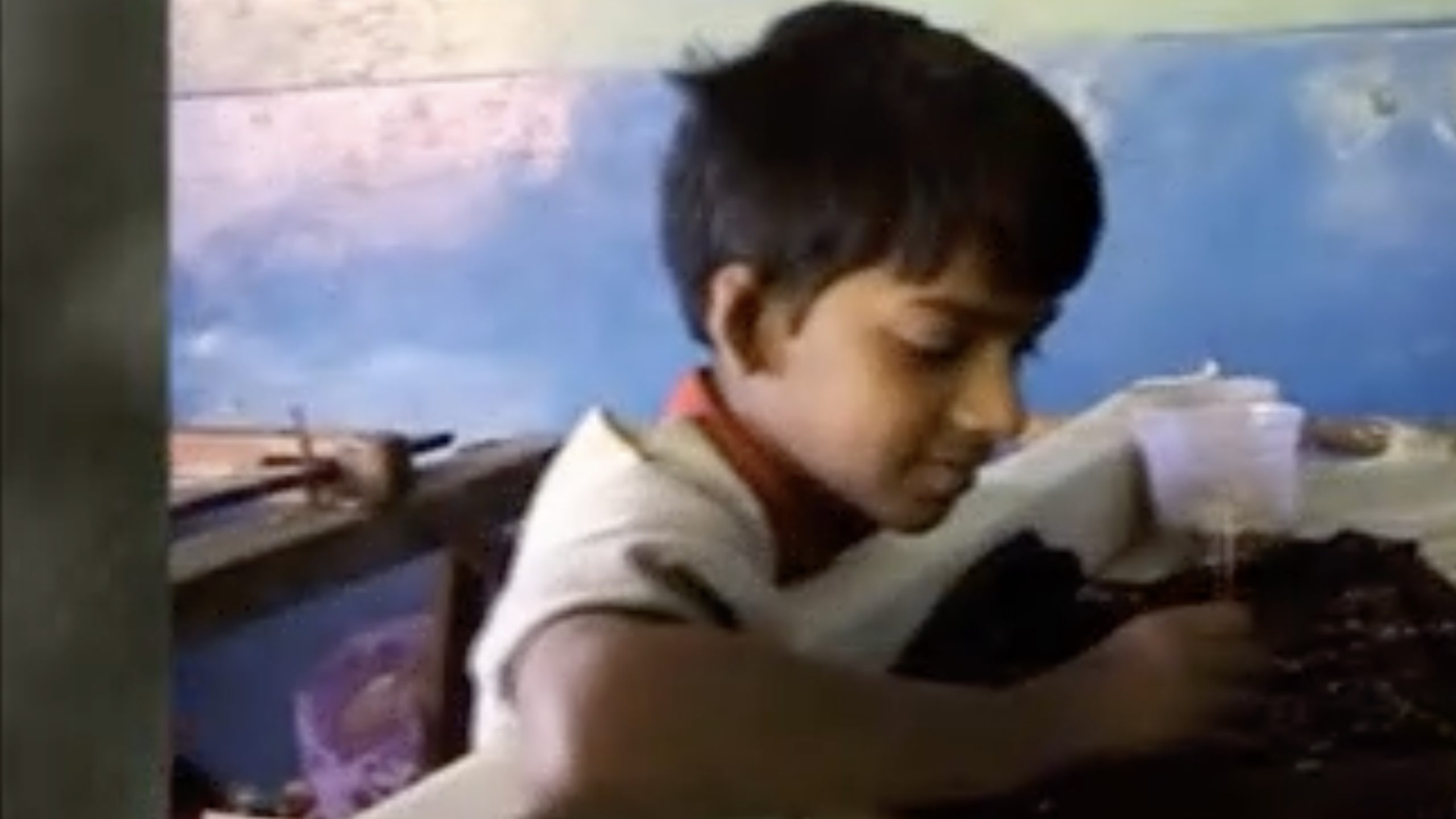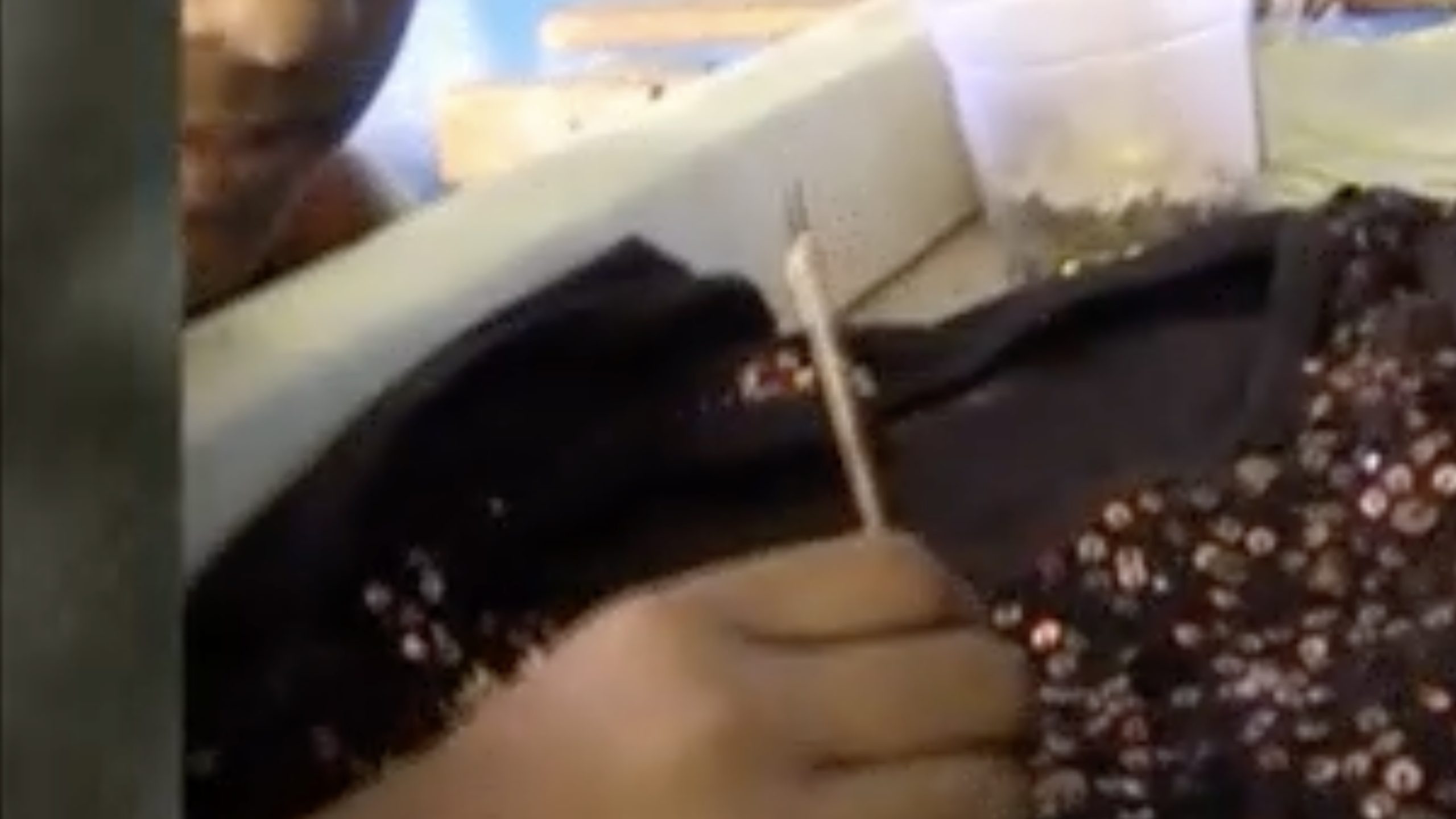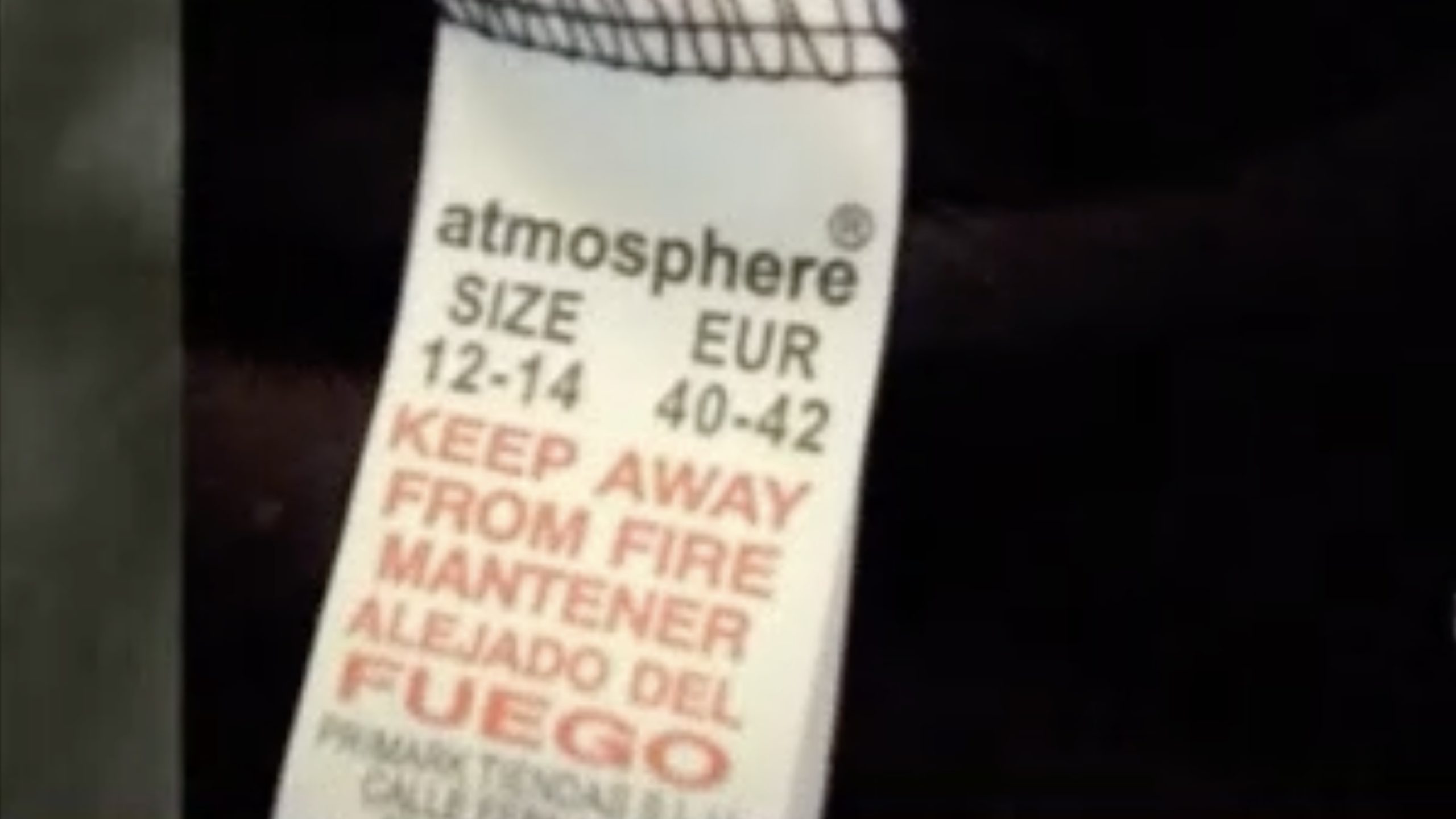
followthethings.com
Back to school
“How To Run A Subvertisement Workshop“
A subvertisement workshop designed by Eeva Kemppainen for Eettisen kaupan puolesta ry (Pro Ethical Trade Finland).
Workshop video embedded above. ‘How to’ booklets available to download in Finnish here and English here. Eeva’s project blog is here. An archive of subvertisements produced by students can be found on Flick here. This page was originally published on the followthethings.com blog here.
Eeva Kemppainen took the ‘Geographies of material culture’ module that’s behind our site as an Erasmus student, did her Masters research at the University of Helsinki on the pedagogy she had experienced in the module and went on to work for the pro-Fair Trade NGO Eettisen kaupan puolesta (a.k.a. Eetti) in Helsinki. In 2014, she published a paper in the Finnish journal Natura (here) about ways in which her work for Eetti tried to engage students in humorous critiques of consumption and advertising through a pedagogy of culture jamming. In 2016 Eetti published Eeva’s booklet Medialukutaitoa vastamainoksista (also published in English as Teaching media literacy and the geographies of consumption) which set out how to run culture jamming workshops – like the one in the video above – and showcased the kinds of work that students produced. The booklet drew inspiration from a number of examples of trade justice culture jamming from the followthethings.com website. What can students examine, then cut up, rearrange and/or scribble on magazine adverts? They try to subvert advertising’s messages so that the information that is hidden – including the lives of the people who make what’s being advertised – is made visible. What they produce are called ‘subvertisments’. In this post, Eeva describes how she organises these workshops, and showcases some of the work that students can produce.
Page reference: Eeva Kemppainen (2015) How To Run A Subvertisemeht Workshop. followthethings.com/how-t-run-a-subvertisement-workshop.shtml (last accessed <insert date here>)
Estimated reading time: 10 minutes.
Continue reading How to run a subvertisement workshop
